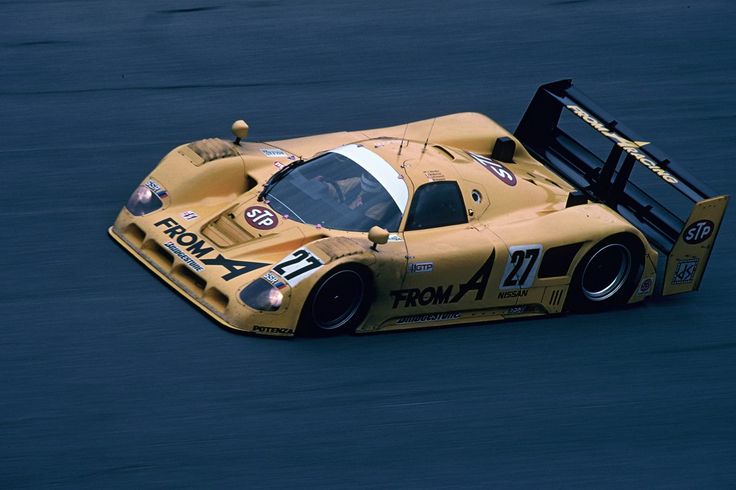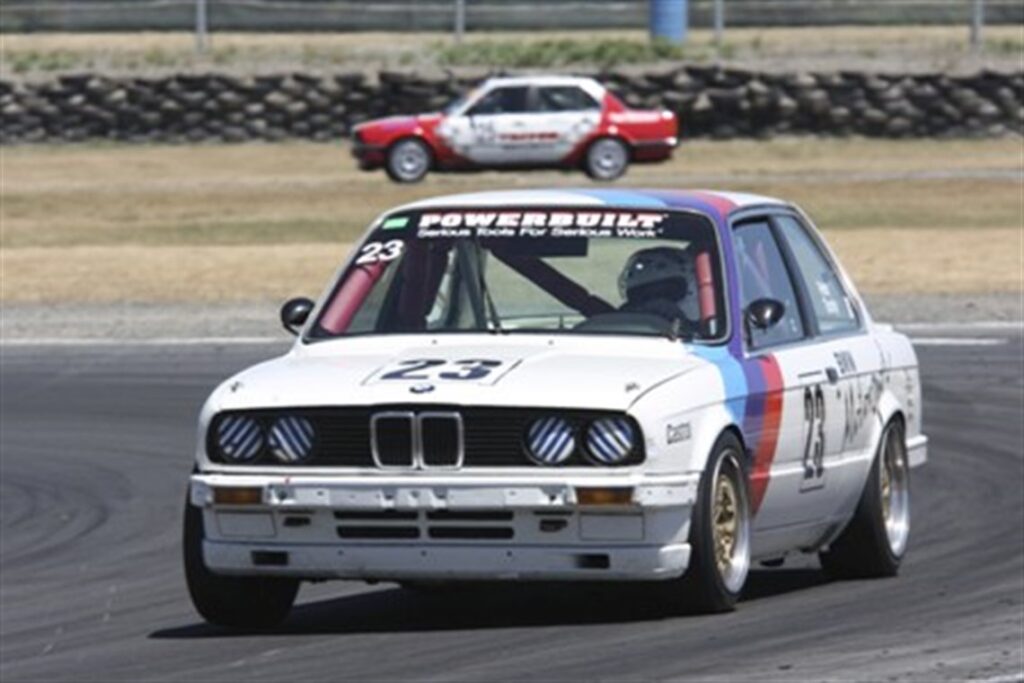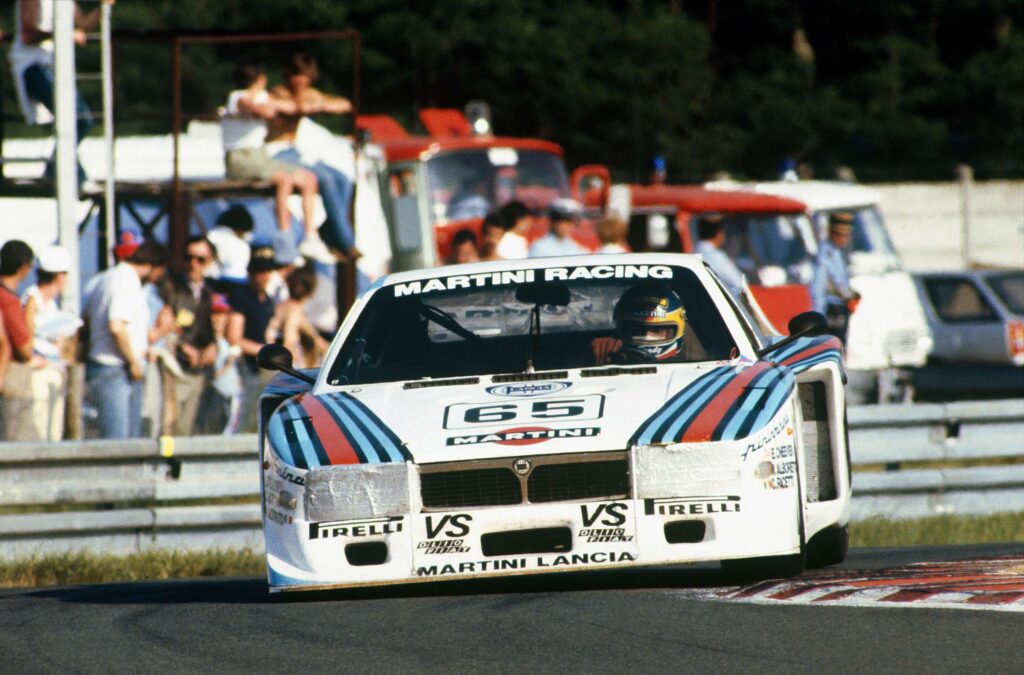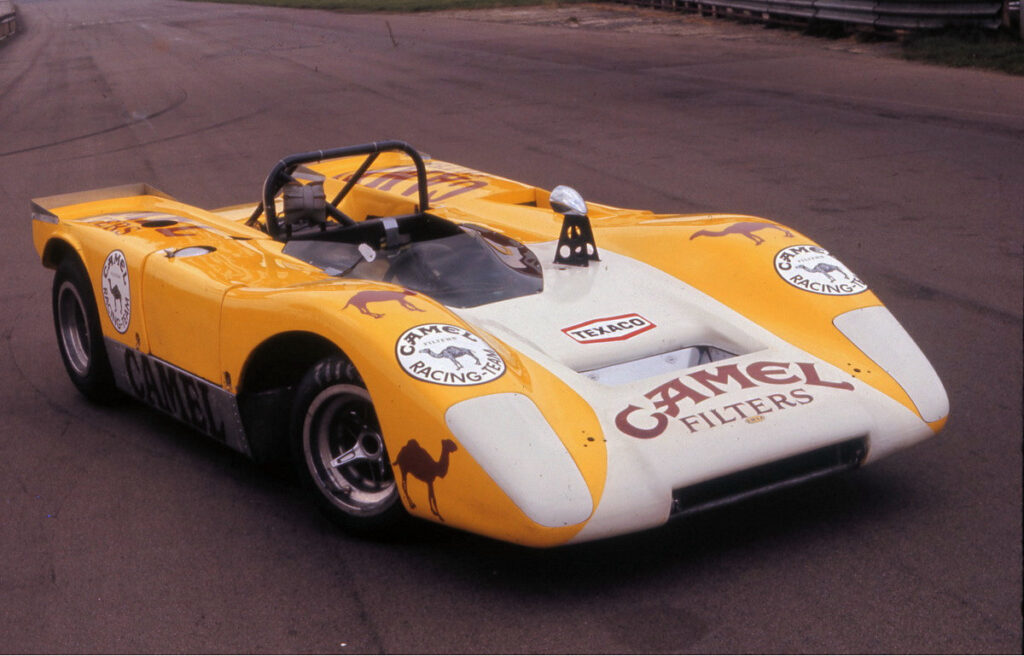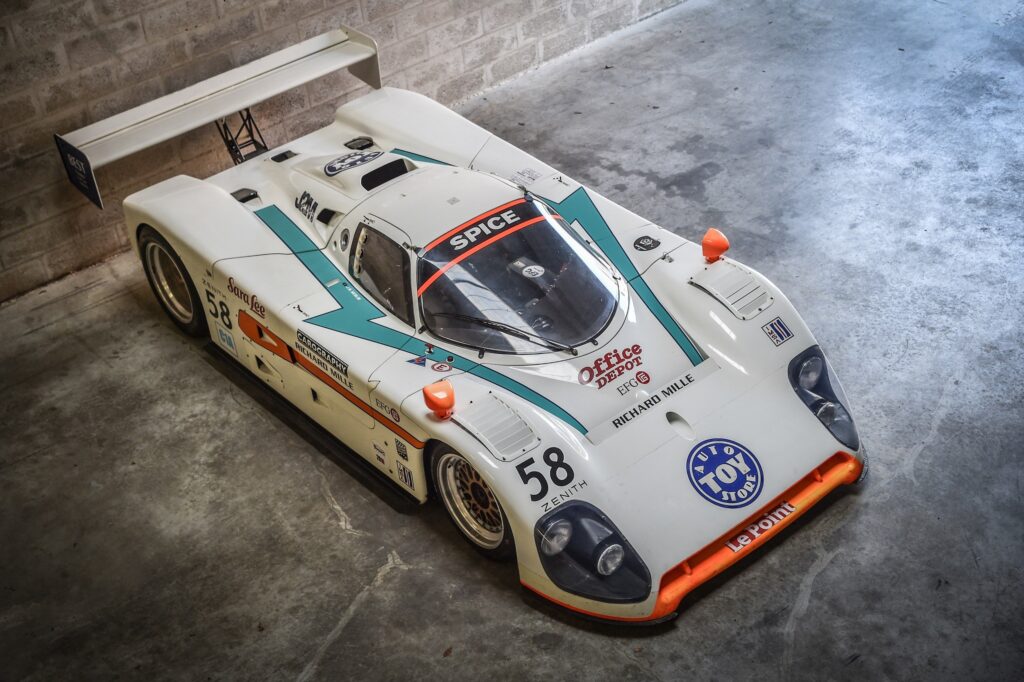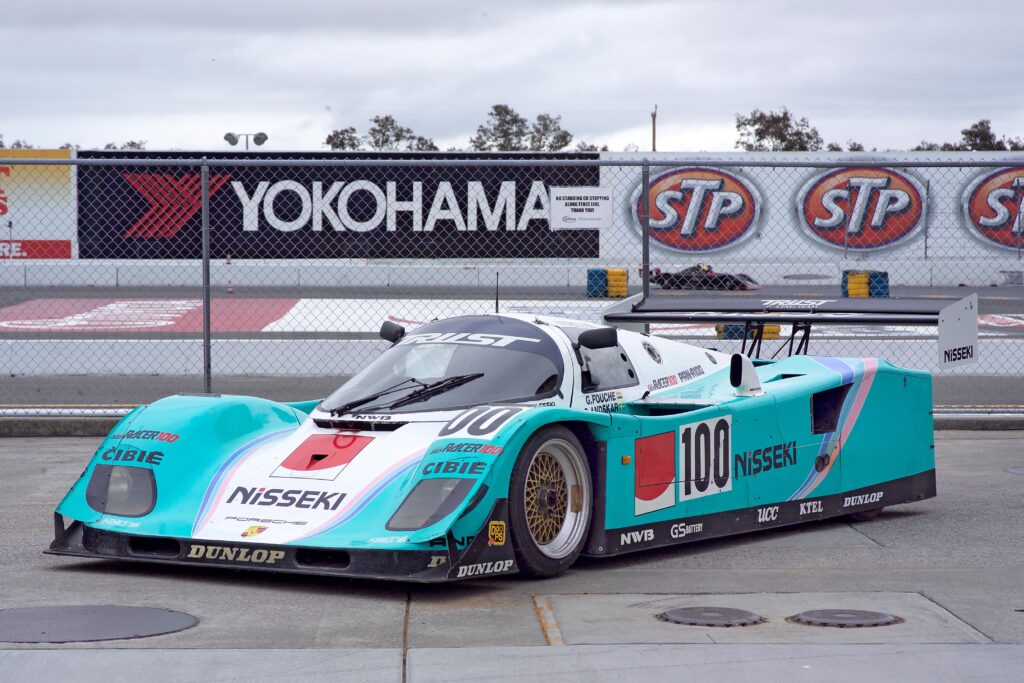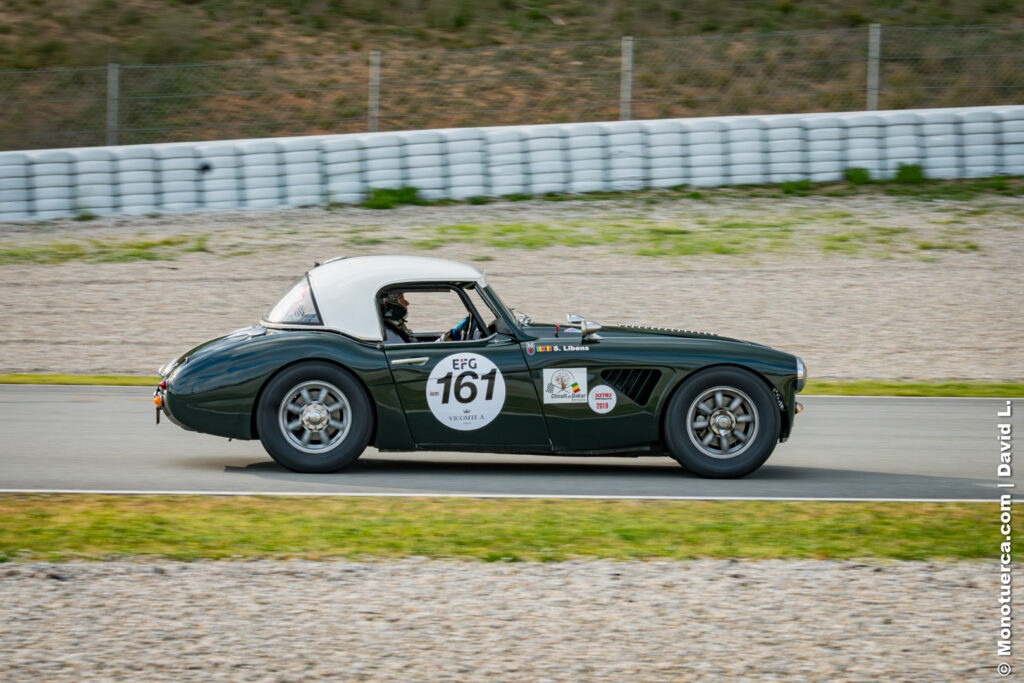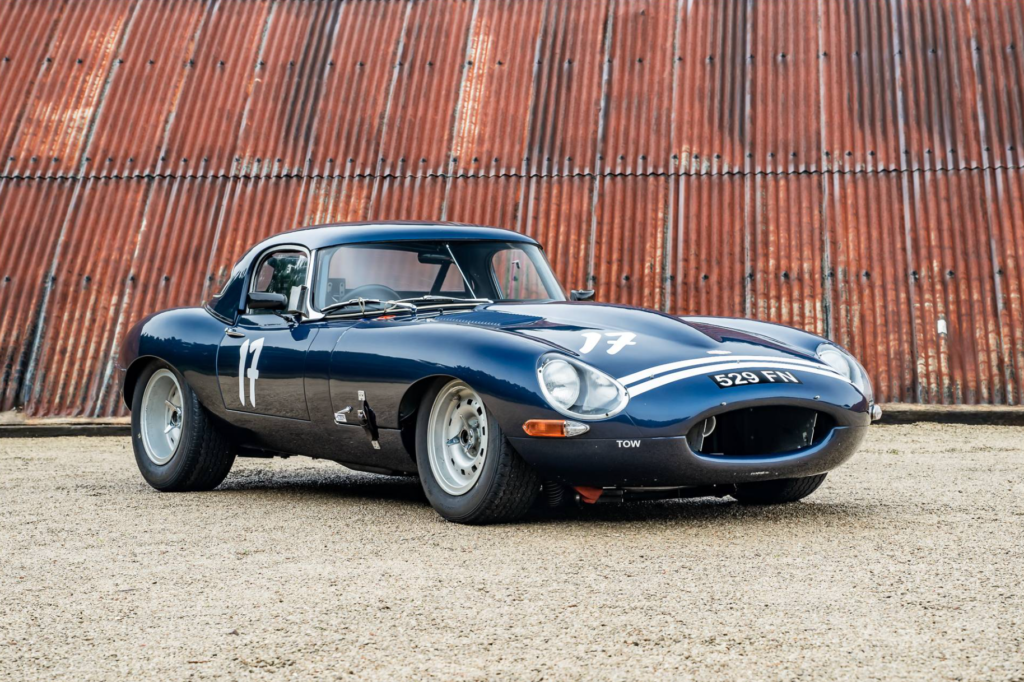1993 Nissan R93CK

1993 Nissan R93CK
Brand
Nissan
Year
1993
Country
Japan
Generation
Nissan R

1993 Nissan R93CK
Brand
Nissan
Year
1993
Country
Japan
Generation
Nissan R
About this car
Discover the history
The 1993 Nissan R93CK is one of the final iterations of Nissan’s Group C racing prototypes, marking the end of an era for the Japanese manufacturer in this highly competitive class. This car evolved from its predecessors in Nissan’s endurance racing lineage, including the R90C and R91CP, which had seen success in both the World Sportscar Championship (WSC) and the All Japan Sports Prototype Championship (JSPC). The R93CK retained the core design philosophies that had made earlier models competitive but introduced significant improvements in aerodynamics and power, with an updated version of Nissan’s twin-turbocharged V8 engine, designed to challenge top competitors like Toyota and Mazda.
Technically, the R93CK benefitted from advancements in chassis design, including a lightweight yet rigid carbon fiber and aluminum honeycomb construction. The car was powered by the VRH35Z engine, a 3.5-liter twin-turbo V8 that could produce over 750 horsepower. This engine was mated to a highly efficient aerodynamic package that allowed the car to maintain high-speed stability, critical for the long straights of endurance racing circuits like Le Mans and Suzuka. Innovations in suspension and braking systems also contributed to its performance, making it a formidable competitor in endurance events.
However, the R93CK faced an uphill battle in its debut year. By 1993, the Group C racing series was in decline due to changing regulations and financial struggles faced by teams and manufacturers. Nissan, along with other manufacturers, found it increasingly difficult to compete in a class that was becoming unsustainable. Despite this, the R93CK made an impressive mark in several endurance races. One of its notable performances was at the Suzuka 1000 km, where it secured a second-place finish, driven by Mauro Martini and Heinz-Harald Frentzen. This result showcased the car’s capabilities, but it also highlighted the growing dominance of newer racing technologies that would soon make the Group C format obsolete.
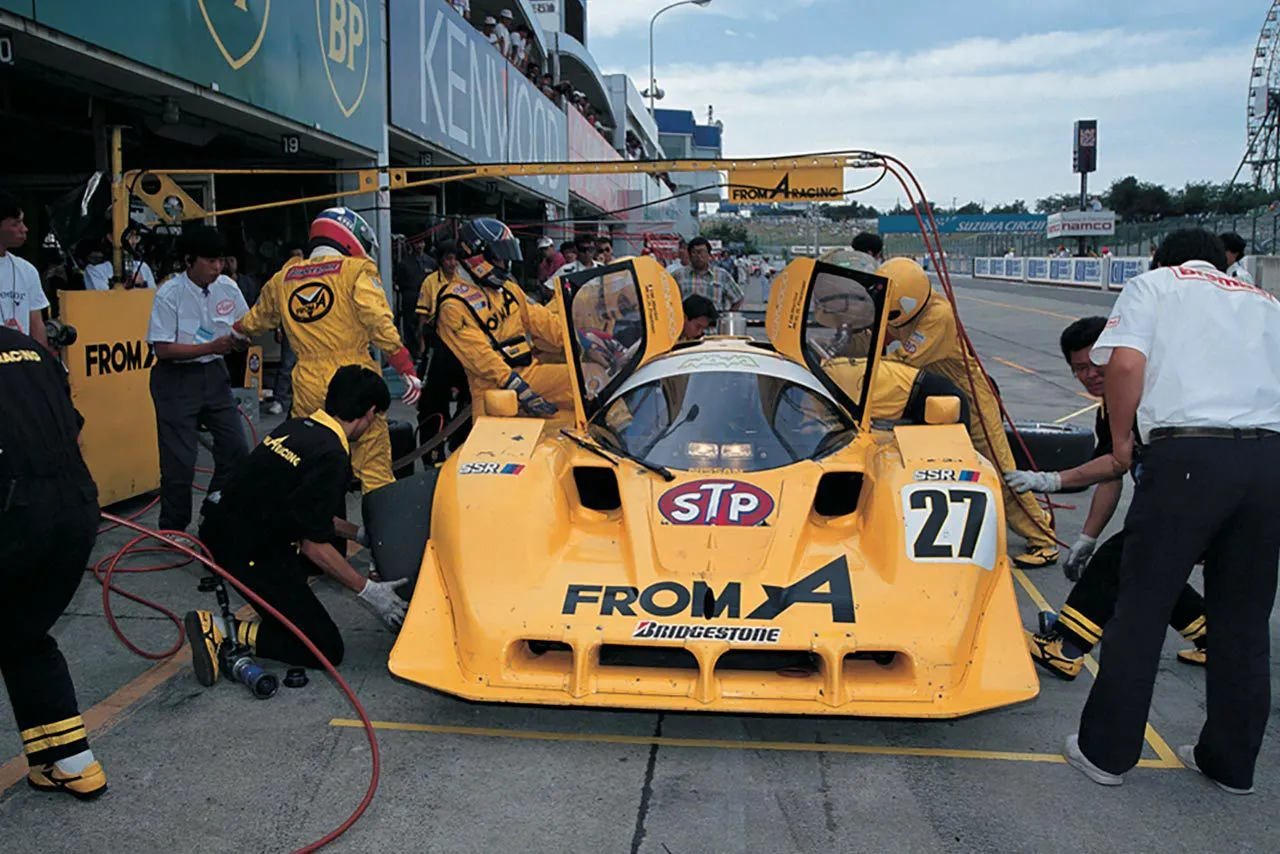



The Nissan R93CK was also a staple in the Japanese racing scene, competing in the JSPC. Like its predecessors, it was built for endurance and high-speed performance, tailored to the demanding conditions of circuits like Fuji Speedway. Although it did not achieve the same level of success as earlier models like the R90CK or the R91CP, the R93CK continued Nissan’s legacy of pushing engineering boundaries in motorsport.
By the end of 1993, as the Group C era wound down, the R93CK’s active competition career came to a close. However, much like other iconic Group C cars, it found a second life in historic racing events. The car was preserved and occasionally raced in vintage and historic racing events, such as the Le Mans Classic and other Group C revival races. Its distinctive design and connection to a golden age of endurance racing ensured that it remained a favorite among motorsport enthusiasts and collectors.
In summary, the Nissan R93CK stands as a testament to Nissan’s engineering prowess in Group C racing during the early 1990s. Although it faced challenges due to the shifting landscape of motorsport at the time, it remains a symbol of the final chapter in Nissan’s ambitious efforts to dominate endurance racing, especially in Japan and on the global stage. Its technological advancements, particularly in aerodynamics and engine power, were competitive, but the broader challenges facing Group C racing meant that it did not have the opportunity to fully showcase its potential. Nonetheless, it remains a celebrated part of Nissan’s rich motorsport heritage.
